Sustainability has evolved from a niche concern to a global imperative that shapes how individuals and businesses approach their daily decisions. The long-term benefits of sustainability extend far beyond immediate environmental impact, creating lasting value across economic, social, and ecological dimensions. As climate change concerns intensify and resources become increasingly scarce, understanding these enduring advantages becomes essential for making informed choices that benefit both present needs and future generations.
Sustainable practices create lasting benefits for the environment, economy, and society
Environmental Benefits of Sustainability
The environmental advantages of sustainable practices represent some of the most visible and critical long-term benefits of sustainability. These benefits extend far beyond immediate resource conservation, creating lasting positive impacts on our planet’s ecosystems.
Climate Change Mitigation
Sustainable practices play a crucial role in addressing climate change—one of humanity’s most pressing challenges. By reducing greenhouse gas emissions through renewable energy adoption, energy efficiency improvements, and sustainable transportation, we can help limit global temperature increases and their associated impacts.

According to the Intergovernmental Panel on Climate Change, limiting global warming to 1.5°C requires rapid, far-reaching transitions in energy, land, urban infrastructure, and industrial systems. Sustainable practices across these sectors create cumulative benefits that grow more valuable over time.
Biodiversity Protection and Ecosystem Health
Sustainable resource management helps preserve biodiversity and maintain healthy ecosystems that provide essential services like clean air, fresh water, and fertile soil. These natural systems represent irreplaceable assets that, once lost, cannot be easily recovered.

Sustainable forestry practices, for example, ensure that timber harvesting doesn’t outpace forest regeneration, maintaining habitat for countless species while continuing to provide valuable resources. Similarly, sustainable fishing practices help maintain marine ecosystem balance while ensuring food security for future generations.
Reduced Pollution and Waste
Sustainable approaches to production and consumption significantly reduce pollution and waste generation. Circular economy models that emphasize reducing waste, reusing materials, and recycling resources create systems that minimize environmental harm while maximizing resource efficiency.
The benefits of reducing waste extend beyond environmental protection to include economic advantages. Companies implementing zero-waste initiatives often discover cost savings through more efficient resource use and reduced waste disposal expenses.
Economic Advantages of Sustainable Practices
While sustainability is often associated with environmental protection, its economic benefits are equally significant and compelling. These advantages demonstrate how green living and sustainable business practices create financial value over the long term.
Cost Savings Through Resource Efficiency
One of the most direct economic benefits of sustainability comes from improved resource efficiency. Energy-efficient buildings, for instance, significantly reduce operational costs over their lifetimes. The U.S. Department of Energy estimates that LEED-certified buildings use 25-30% less energy than conventional buildings, translating to substantial savings over decades of operation.
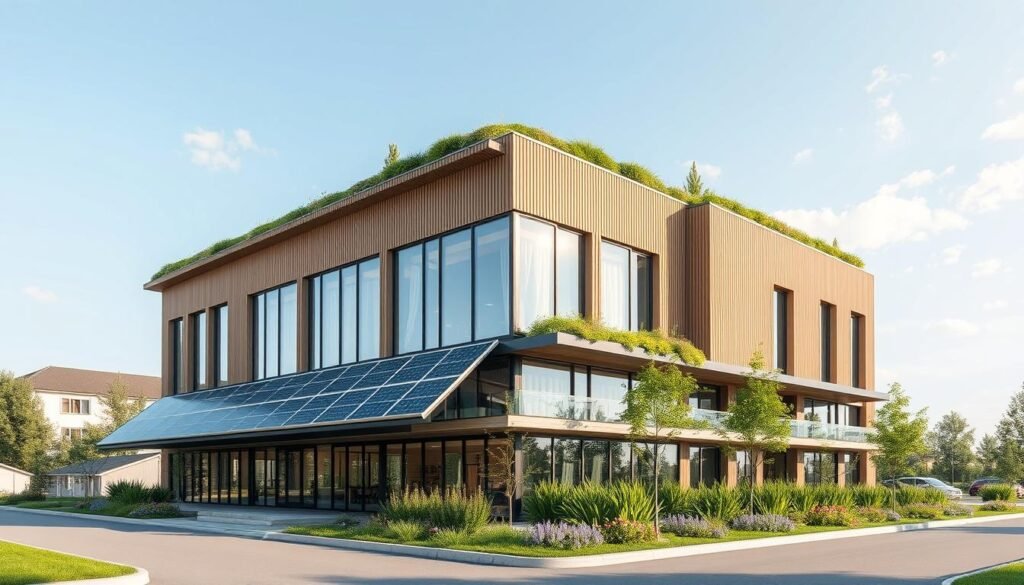
Similarly, water conservation measures in both residential and commercial settings reduce utility bills while helping preserve this essential resource. These efficiency improvements often require upfront investments but deliver returns many times over during their operational lifespans.
Enhanced Business Resilience and Risk Management
Sustainable business practices significantly improve organizational resilience against various risks, including resource scarcity, regulatory changes, and climate-related disruptions. Companies with robust sustainability strategies are better positioned to navigate these challenges while maintaining operational continuity.
For example, businesses that diversify their energy sources to include renewables reduce their exposure to fossil fuel price volatility. Similarly, companies that develop sustainable supply chains are less vulnerable to disruptions caused by resource scarcity or environmental regulations.
Innovation and Competitive Advantage
Sustainability drives innovation by challenging organizations to develop new products, services, and business models that address environmental and social needs. These innovations often create competitive advantages and open new market opportunities.

Companies leading in sustainability innovation often capture market share from less forward-thinking competitors. Research by Harvard Business School found that companies with strong sustainability performance significantly outperformed their counterparts over the long term, both in stock market and accounting performance.
Addressing Common Sustainability Concerns
While the long-term benefits of sustainability are substantial, common objections often focus on perceived short-term challenges. Addressing these concerns helps provide a more complete picture of sustainability’s value proposition.
Long-Term Benefits
- Significant cost savings over time
- Enhanced resilience against resource scarcity
- Improved health and well-being
- Protection of critical ecosystems
- Reduced exposure to regulatory risks
Common Concerns
- Higher upfront costs
- Perceived inconvenience
- Implementation complexity
- Uncertain return on investment
- Resistance to change
Balancing Short-Term Costs with Long-Term Gains
Many sustainable options require higher initial investments but deliver substantial savings over their lifetimes. For example, while energy-efficient appliances or electric vehicles may cost more upfront, their reduced operating costs often result in net savings within a few years, with benefits continuing to accumulate thereafter.
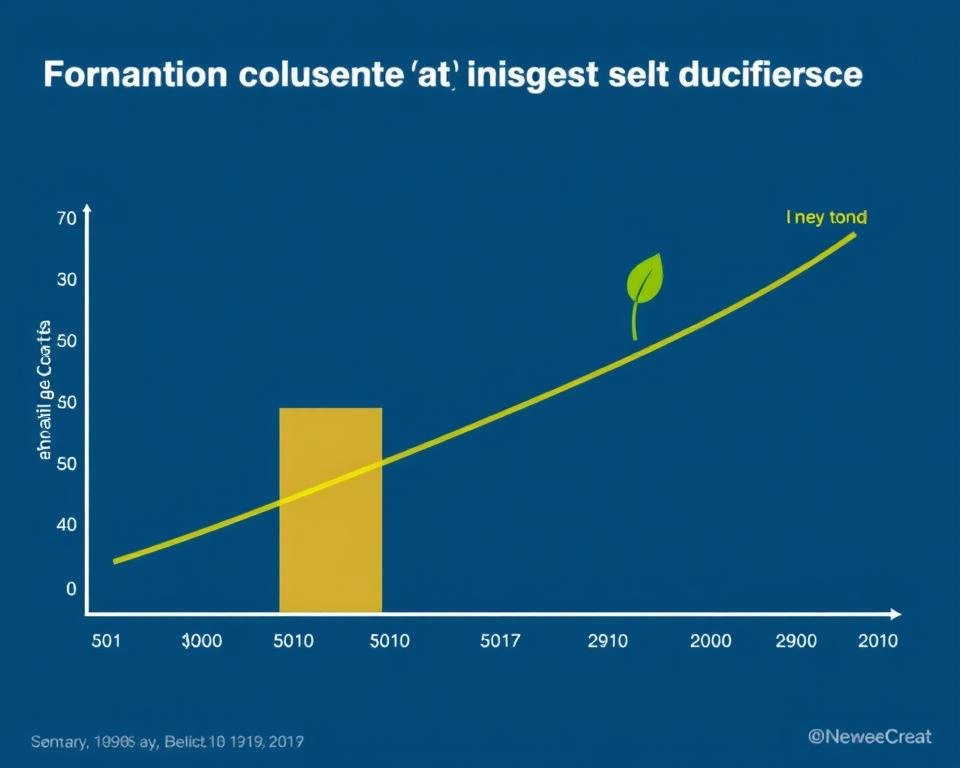
This pattern applies across numerous sustainability investments, from home insulation to renewable energy systems. Taking a longer-term view of costs and benefits reveals the true economic value of these choices.
Addressing Implementation Challenges
The complexity of implementing sustainable practices can seem daunting, but numerous resources now exist to simplify this process. Government incentives, educational programs, and professional services can help individuals and organizations navigate the transition to more sustainable operations.
Starting with smaller, manageable changes allows for building momentum and capacity before tackling more complex sustainability initiatives. This incremental approach makes sustainability more accessible while still creating meaningful impact.
How to Start Embracing Sustainability
Implementing sustainable practices doesn’t require radical lifestyle changes. Small, consistent actions can create significant positive impacts while delivering the long-term benefits of sustainability. Here are practical approaches to begin your sustainability journey:
Individual Actions
- Reduce energy consumption through efficient appliances and mindful usage
- Choose renewable energy options when available
- Minimize waste through composting and recycling
- Opt for sustainable transportation when possible
- Support businesses with strong sustainability commitments
Organizational Approaches
- Conduct sustainability assessments to identify improvement opportunities
- Develop clear sustainability goals and implementation strategies
- Engage employees in sustainability initiatives
- Integrate sustainability considerations into procurement decisions
- Measure and report on sustainability performance

Resources for Sustainable Living
Numerous resources can help guide your sustainability journey, from online calculators that measure your environmental footprint to community organizations that provide practical support. Government programs often offer incentives for energy efficiency improvements, renewable energy adoption, and other sustainable practices.
Educational resources about sustainable living continue to expand, making reliable information more accessible than ever. These tools help demystify sustainability and provide practical guidance for implementing changes that align with your specific circumstances and priorities.
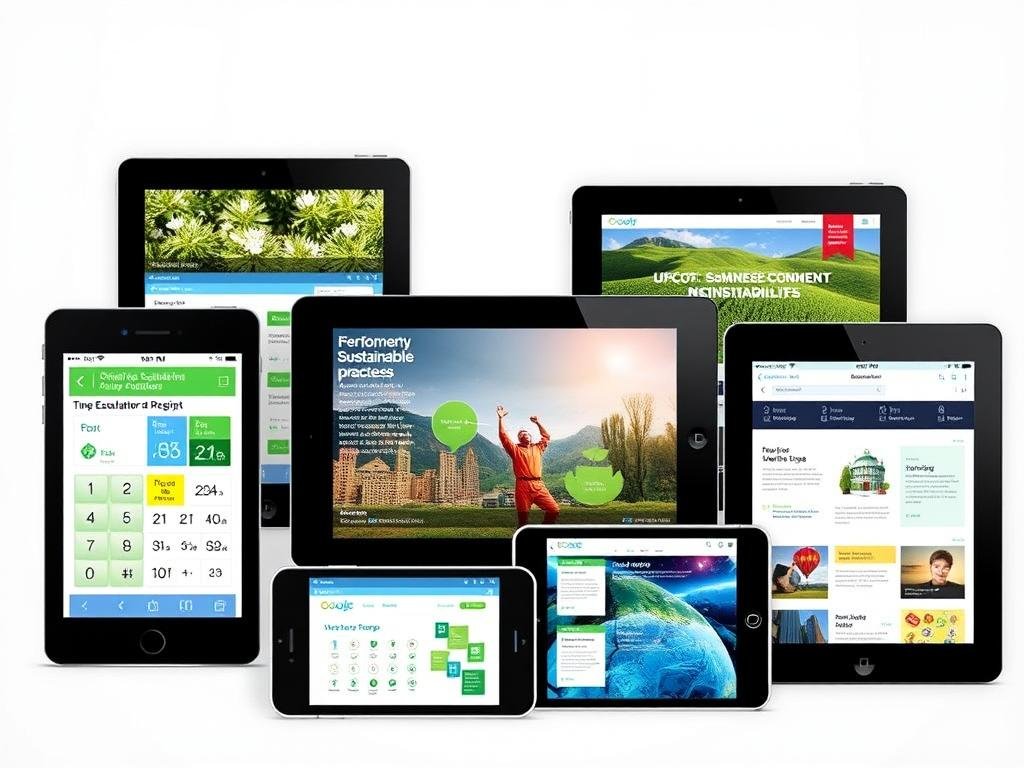
Real-World Success Stories
Examining concrete examples helps illustrate how the long-term benefits of sustainability materialize in practice. These case studies demonstrate the tangible advantages across different contexts.
Community-Scale Sustainability
The town of Freiburg, Germany, has embraced comprehensive sustainability planning for decades. Its Vauban district features energy-efficient buildings, excellent public transportation, extensive bicycle infrastructure, and community-owned renewable energy. These investments have created a highly livable community with lower living costs, improved health outcomes, and minimal environmental impact.
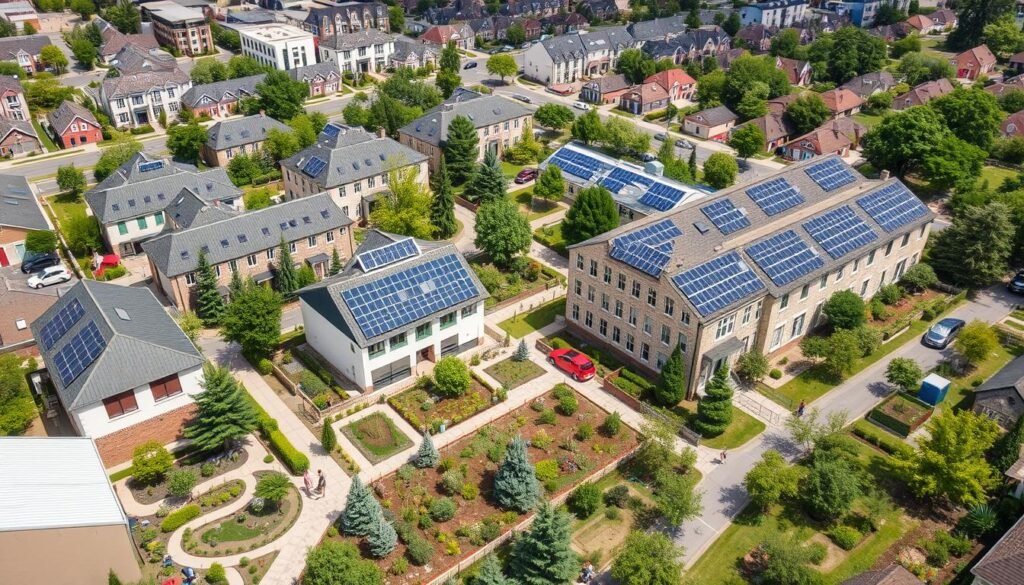
Similarly, the city of Copenhagen has invested heavily in cycling infrastructure, with approximately 62% of residents now commuting by bicycle. This approach has reduced traffic congestion, improved air quality, enhanced public health, and decreased transportation costs for residents—creating multiple sustainability benefits that compound over time.
Business Sustainability Success
Interface, a global commercial flooring company, began its sustainability journey in the 1990s with ambitious goals to eliminate negative environmental impacts. Over decades, the company reduced greenhouse gas emissions by 96%, water usage by 88%, and waste to landfill by 91%. These improvements generated over $450 million in cost savings while strengthening the company’s market position and brand value.
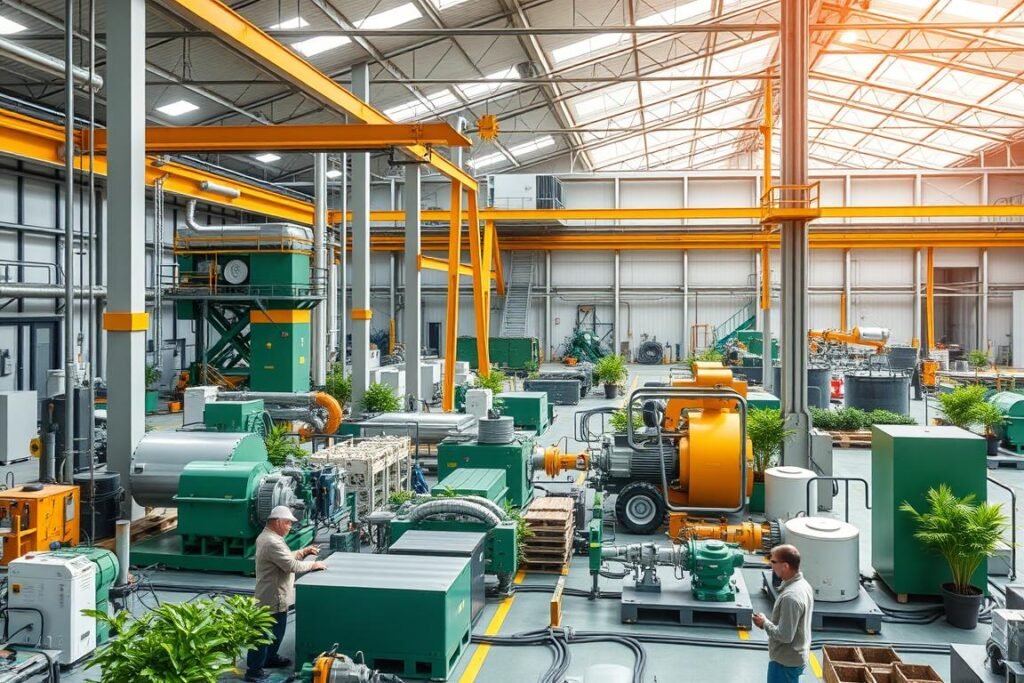
Patagonia’s commitment to product durability, repair services, and responsible materials sourcing has built exceptional customer loyalty while reducing environmental impact. The company’s Worn Wear program, which resells used Patagonia products, creates a new revenue stream while extending product lifecycles—demonstrating how sustainability can open new business opportunities.
Embracing the Long-Term Benefits of Sustainability
The long-term benefits of sustainability span environmental protection, economic advantage, and social well-being. By taking a broader, longer-term perspective on our decisions, we can create lasting value while addressing pressing global challenges.
While sustainable choices sometimes require initial investments of money, time, or effort, their cumulative benefits typically far outweigh these costs. The most effective approach involves starting with manageable changes and gradually expanding your sustainability practices as capacity and knowledge grow.
As individuals, organizations, and communities increasingly recognize these enduring advantages, sustainability transitions from an optional consideration to an essential strategy for long-term success and well-being. The journey toward more sustainable living creates value that extends far beyond our immediate circumstances, benefiting both present and future generations.
Stay Informed About Sustainable Living
Subscribe to our newsletter for regular updates on sustainability practices, emerging research, and practical tips for maximizing the long-term benefits of sustainability in your daily life.






Social and Community Impacts of Sustainability
The social dimension of sustainability encompasses how sustainable practices affect human well-being, community resilience, and social equity. These impacts represent some of the most profound long-term benefits of sustainability.
Health and Well-being Improvements
Sustainable practices contribute significantly to improved public health outcomes. Reduced air pollution from clean energy adoption and sustainable transportation directly correlates with lower rates of respiratory diseases, cardiovascular problems, and other health issues.
Sustainable food systems that emphasize organic production methods reduce exposure to harmful pesticides and chemicals. Meanwhile, green buildings with improved ventilation, natural lighting, and non-toxic materials create healthier indoor environments that enhance occupant well-being and productivity.
Community Resilience and Social Cohesion
Sustainable community development strengthens social bonds and enhances collective resilience against various challenges. Local renewable energy projects, community gardens, and shared transportation initiatives bring people together around common goals while building self-reliance.
These community-based sustainability initiatives often create social capital—networks of relationships that enable communities to function effectively. This social infrastructure proves invaluable during times of stress or crisis, from economic downturns to natural disasters.
Equity and Social Justice
Thoughtfully implemented sustainability initiatives can help address social inequities by ensuring that environmental benefits and burdens are fairly distributed. Sustainable development that prioritizes inclusive decision-making helps ensure that all community members’ needs are considered.
For example, equitable access to clean energy, sustainable transportation, and green spaces helps reduce environmental justice concerns where disadvantaged communities bear disproportionate environmental burdens. These approaches create more just and livable communities for all residents.